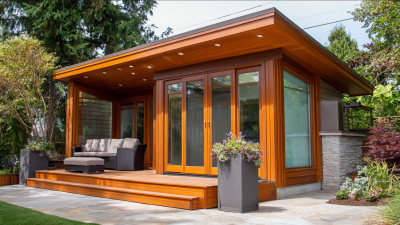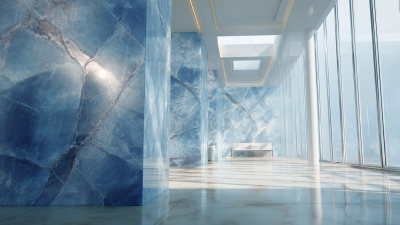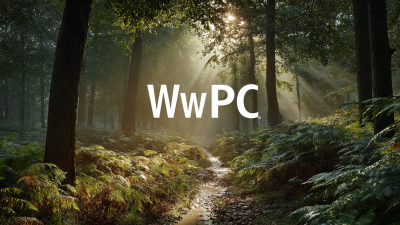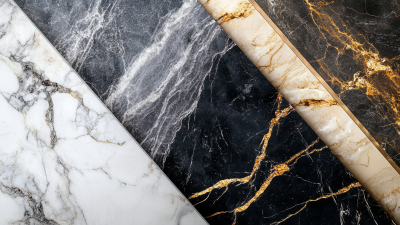Shandong Xiangying New Materials Technology Co., Ltd.
Shandong Xiangying New Materials Technology Co., Ltd.
When embarking on outdoor projects, selecting the appropriate materials is crucial for durability, aesthetic appeal, and cost-effectiveness. WPC exterior (Wood Plastic Composite) materials have gained significant traction in the construction and landscaping sectors due to their unique blend of wood and plastic, offering the best of both worlds. According to a recent market report by Grand View Research, the global WPC market is projected to reach USD 6.5 billion by 2026, driven by its increasing popularity in outdoor applications. This growth can be attributed to WPC's resistance to rot, moisture, and insects, making it an ideal choice for decks, fences, and patio furniture. As homeowners and builders alike prioritize sustainability without compromising on performance, understanding how to choose the right WPC exterior material becomes essential for successful outdoor projects.
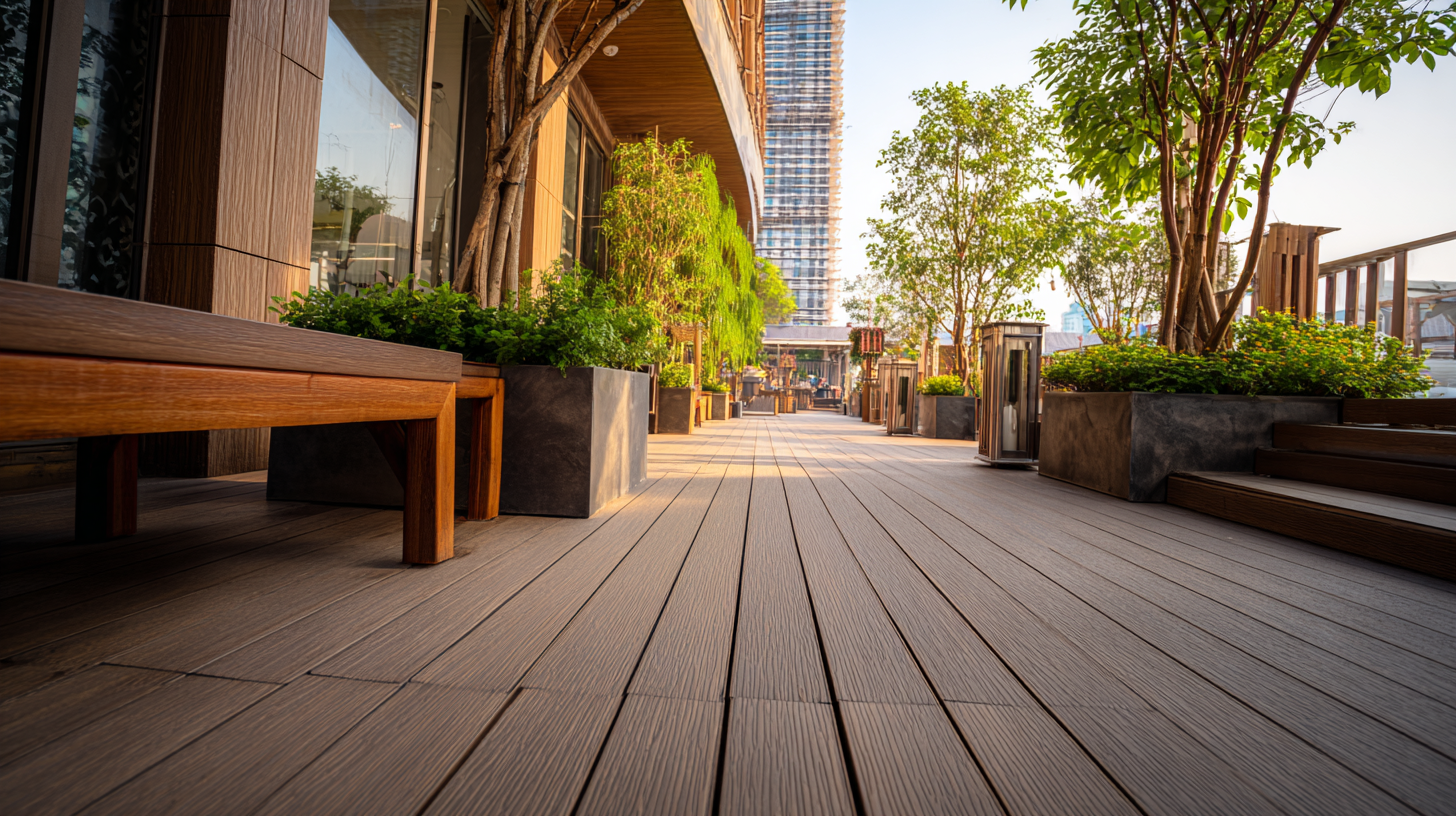
When embarking on an outdoor project, understanding the specific applications of Wood-Plastic Composite (WPC) materials is crucial for making the right choice. WPC blends wood fibers with plastic, resulting in a durable, weather-resistant product ideal for various applications. If your project involves decking, for instance, opting for a high-density WPC can provide excellent stability and slip resistance, ensuring safety and long-term performance even in wet conditions.
Additionally, the right WPC material can enhance the aesthetic appeal of your outdoor space. For projects like pergolas or outdoor furniture, selecting WPC with a textured finish can mimic the look of natural wood while offering the added benefits of moisture and insect resistance. Consider your project’s unique needs, such as environmental exposure and desired visual appeal, to select the WPC that not only meets functional requirements but also complements your overall design vision.
When selecting exterior materials for outdoor projects, durability is a crucial factor, especially when comparing Wood Plastic Composite (WPC) to traditional materials like wood or metal. WPC offers enhanced resistance to decay, rot, and insect damage, making it a strong contender for outdoor use. Unlike natural wood, which requires regular maintenance and can warp or split over time, WPC is designed to withstand harsh weather conditions without compromising its structural integrity. This makes it particularly appealing for homeowners seeking long-term durability and low maintenance.
On the other hand, traditional materials have their own strengths, such as the aesthetic appeal and natural feel of real wood. However, they often come with significant drawbacks, including susceptibility to environmental wear and the need for periodic treatments to maintain their appearance. In contrast, WPC provides a visually pleasing finish that mimics the look of wood while offering superior weather resistance. By evaluating these aspects, it becomes clear that WPC can be a more practical choice for outdoor projects, especially in climates prone to moisture and extreme temperatures.
When embarking on outdoor projects, selecting the right wood-plastic composite (WPC) material is vital, especially when it comes to aesthetic options. The visual appeal of your outdoor space can be significantly influenced by the colors, textures, and finishes available in WPC products. Market research indicates that 70% of consumers prioritize aesthetics when choosing decking materials, highlighting the need for options that align with personal style and outdoor decor. Manufacturers have expanded their color palettes to include rich, earthy tones as well as contemporary greys and whites, ensuring there is something to complement every design vision.
Texture is another critical factor in WPC selection. The latest studies show that wood-like textures can enhance the natural look and feel of outdoor spaces, while also providing a slip-resistant surface. Options vary from smooth finishes to more rugged surfaces that mimic traditional hardwood, serving both functional and aesthetic purposes. In a decade marked by fluctuations in the flooring market, WPC has made a notable comeback, with suppliers reporting a steady increase in demand for unique textures and finishes. As more homeowners seek durable yet visually appealing materials for their outdoor projects, understanding these aesthetic options becomes essential in making an informed decision.
| Aesthetic Option | Color Variations | Texture Types | Finish Options | Recommended Uses |
|---|---|---|---|---|
| Wood Grain | Brown, Dark Brown, Light Oak | Rough, Smooth | Matte, Satin | Decking, Fencing |
| Solid Colors | Gray, Beige, Black | Smooth, Textured | Glossy, Textured | Siding, Wall Covering |
| Striped Patterns | Two-tone (e.g., Dark Brown & Light Beige) | Grooved, Smooth | Satin, Semi-Gloss | Balustrades, Gate |
| Recycled Appearance | Muted Earth Tones | Textured, Worn | Matte, Natural | Gardens, Patios |
When embarking on outdoor projects, selecting the right Wood Plastic Composite (WPC) material hinges on understanding the cost factors involved. A recent report highlights the establishment of a WPC door manufacturing plant, detailing a comprehensive cost breakdown that includes machinery and raw materials. Such insights help homeowners and contractors alike to gauge the initial investment needed for WPC materials. While upfront costs might be higher than traditional options, the longevity and reduced maintenance of WPC can lead to substantial long-term savings.
Tips for budgeting include exploring local suppliers for competitive pricing on raw materials and considering the scale of your project to determine bulk purchasing options. Additionally, factoring in the installation costs and potential aesthetic upgrades will provide a clearer financial picture. By prioritizing quality and sustainability in your material selection, you not only enhance the value of your outdoor spaces but also ensure a durable, eco-friendly choice.
Evaluating the long-term benefits of WPC, such as resistance to weather elements and rotting, supports the argument for their higher initial expense. As you plan your outdoor projects, remember to weigh the short-term costs against the potential for enduring value and performance, making WPC a worthy investment in your home's exterior.
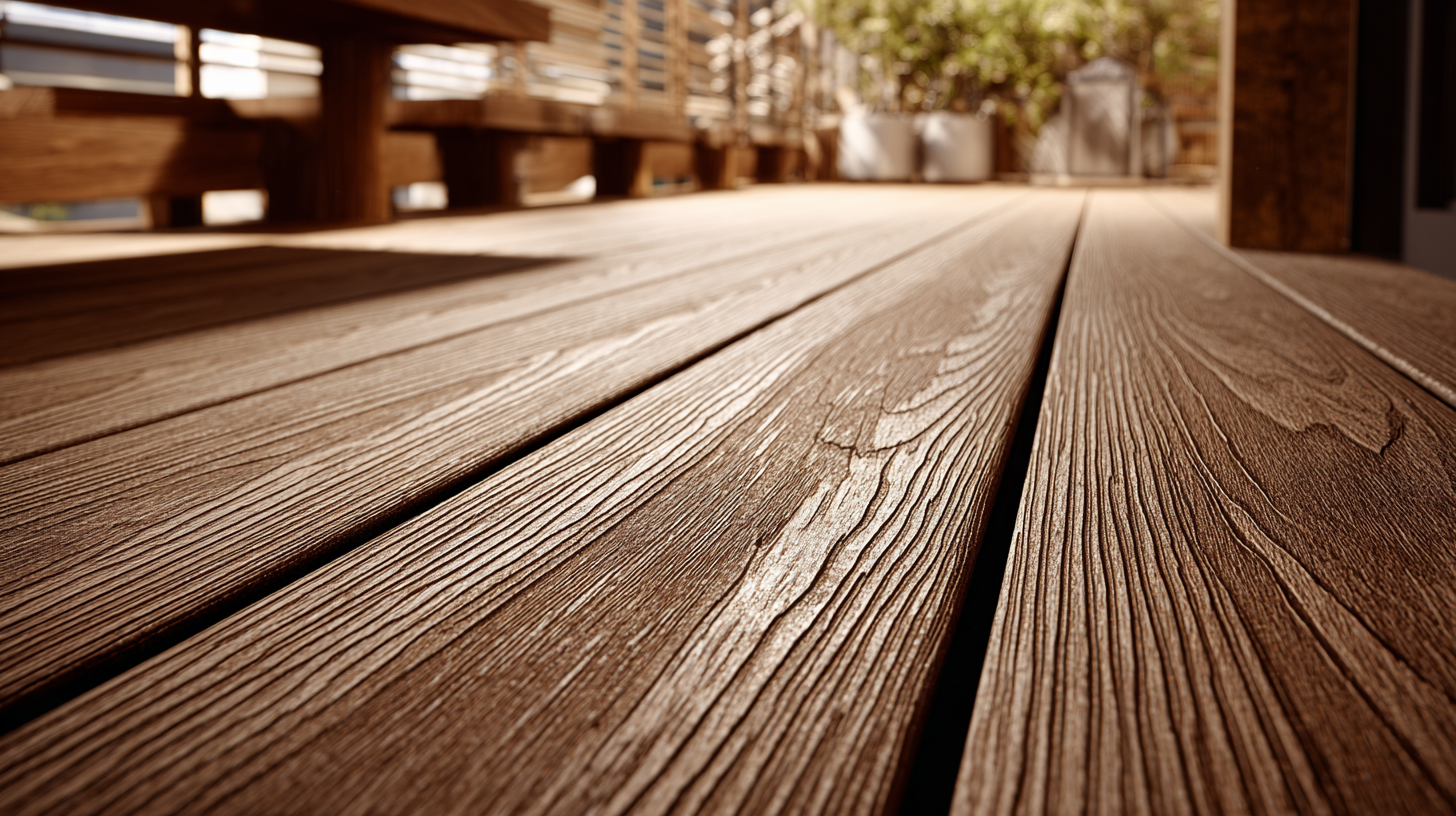
When selecting WPC (Wood-Plastic Composite) exterior materials for outdoor projects, environmental impact should be a pivotal consideration. Eco-friendly WPC options utilize recycled materials and sustainable manufacturing processes, significantly reducing their carbon footprint compared to traditional materials. By opting for WPC products that incorporate recycled wood fibers and plastics, consumers not only support resource conservation but also contribute to reducing landfill waste.
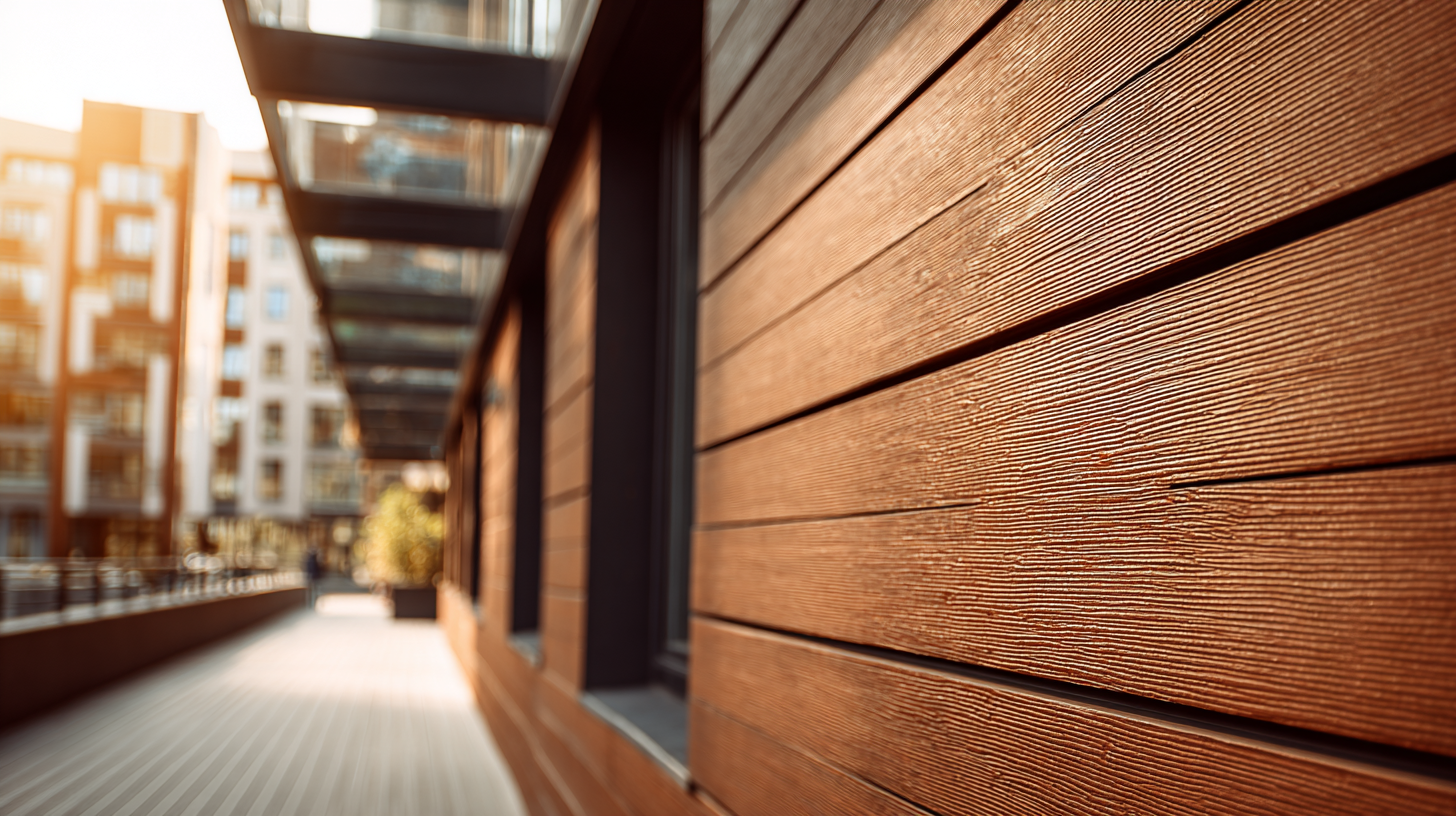
Moreover, many manufacturers now prioritize eco-friendly practices, ensuring their products are free from harmful chemicals and treated with non-toxic finishes. Choosing certified sustainable products can further enhance the longevity and safety of outdoor spaces. As the demand for environmentally responsible materials grows, it's essential for consumers to research the certifications and source sustainability claims made by producers. Prioritizing eco-friendly WPC options not only leads to a healthier environment but also inspires a shift towards more sustainable practices in the construction and renovation sectors.

